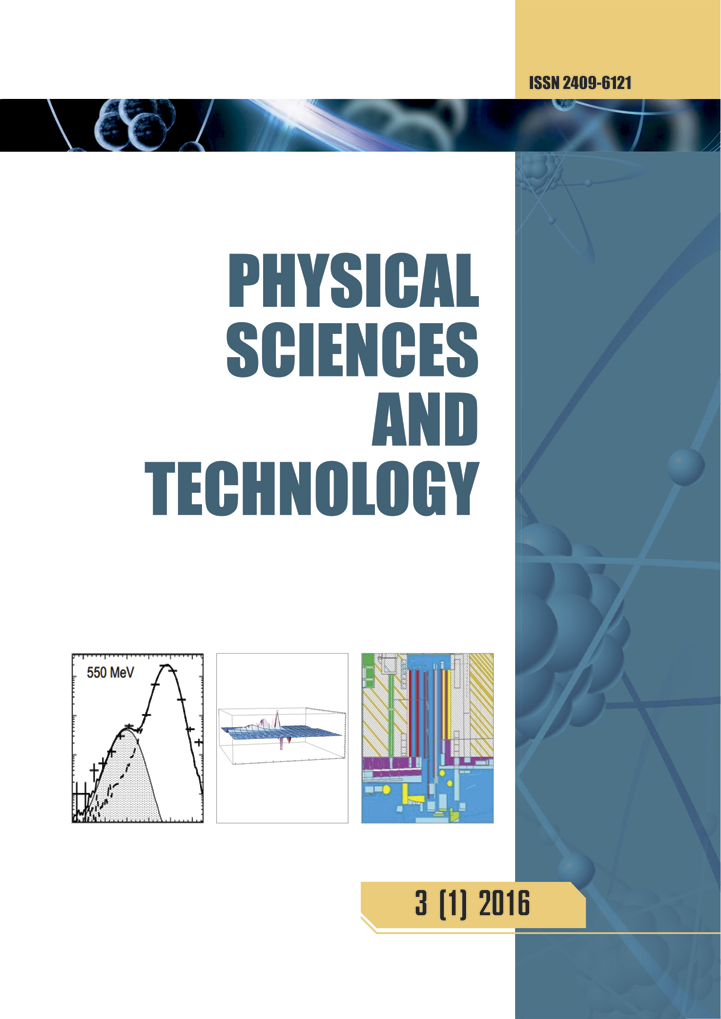Solar magnetic activity and its terrestrial impact through correlations with drought indices
DOI:
https://doi.org/10.26577/phst20251214Abstract
Solar activity manifests itself in the form of sunspots on the solar surface and solar flares, which can influence Earth's climatic conditions, including drought in mid-latitude regions. This study examines the impact of solar flares on drought conditions in Northern Kazakhstan and analyzes the relationship between solar activity parameters and drought indices. Twelve solar flares of classes X and M recorded in 2014 were analyzed using multi-wavelength data from SDO/AIA, GOES, and HMI/SOLIS magnetograms. Key physical parameters of the flares were determined, including duration, spatial scale, and magnetic reconnection rate. The reconnection rates ranged from 10⁻⁴ to 10⁻³ and showed an inverse dependence on the GOES classification, consistent with the Petschek reconnection theory.
Additionally, correlation links were investigated between solar activity indices (WSN, SSN), atmospheric oscillations (NAO, AO), and drought indices (SPI3, HTC). Significant strong correlations were established: between WSN and NAO (r = 0.63), NAO and SPI3 (r = 0.70), as well as a strong negative correlation between SSN and HTC (r = –0.66), indicating a potential connection between solar activity and drought formation in temperate regions.
Key words: solar flares, magnetic reconnection, sunspot activity, drought indices, atmospheric oscillations.




